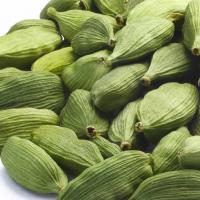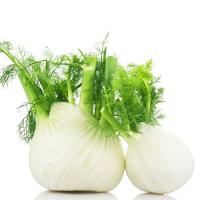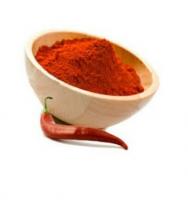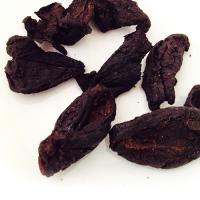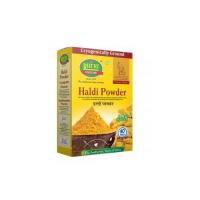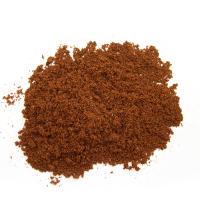Product Specification
Product Descriptions
Spices- Tamarind
Tamarind (Tamarindus indica) is a leguminous tree in the family Fabaceae indigenous to tropical Africa. The genus Tamarindus is a monotypic taxon, having only a single species.
The tamarind tree produces edible, pod-like fruit which is used extensively in cuisines around the world. Other uses include traditional medicine and metal polish. The wood can be used for woodworking. Because of the tamarind's many uses, cultivation has spread around the world in tropical and subtropical zones.
The tamarind is a long-lived, medium-growth shrub, which attains a maximum crown height of 12 to 18 metres (39 to 59 ft). The crown has an irregular, vase-shaped outline of dense foliage. The tree grows well in full sun in clay, loam, sandy, and acidic soil types, with a high resistance to drought and aerosol salt (wind-borne salt as found in coastal areas).
The evergreen leaves are alternately arranged and pinnately compound. The leaflets are bright green, elliptical ovular, pinnately veined, and less than 5 cm (2.0 in) in length. The branches droop from a single, central trunk as the tree matures and is often pruned in agriculture to optimize tree density and ease of fruit harvest. At night, the leaflets close up
The tamarind does flower, though inconspicuously, with red and yellow elongated flowers. Flowers are 2.5 cm wide (one inch), five-petalled, borne in small racemes, and yellow with orange or red streaks. Buds are pink as the four sepals are pink and are lost when the flower blooms.
The tamarind is a long-lived, medium-growth, bushy tree, which attains a maximum crown height of 12.1 to 18.3 metres (40 to 60 feet).
|
Botanical Name |
: |
Tamarindus Indica |
Shipping
Jabs shipping as per the buyers requirement.



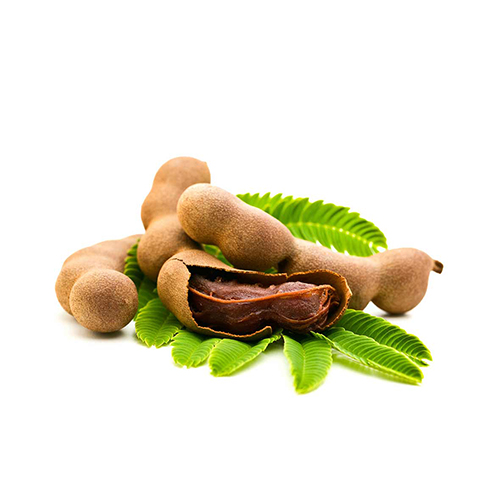
 Safe and secure payments using Abraa safe trade systems
Safe and secure payments using Abraa safe trade systems  \
\
